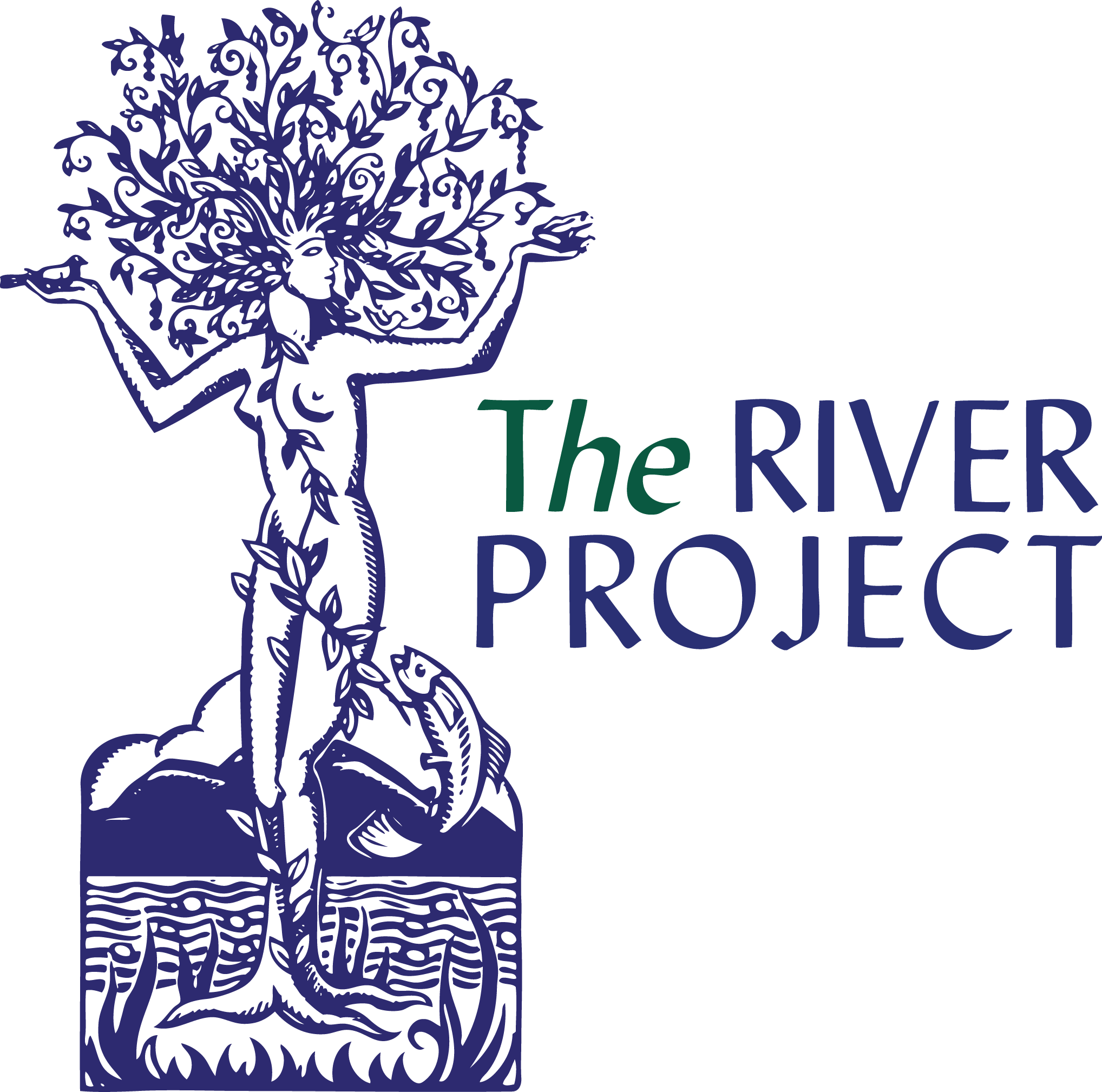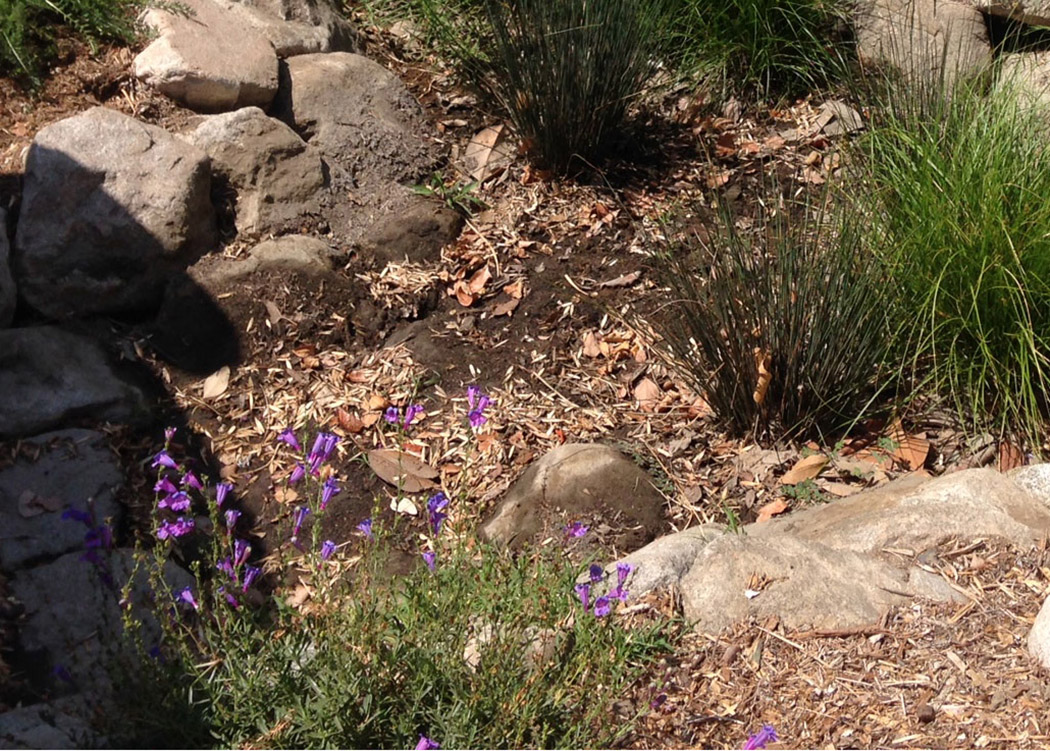Soil
Healthy soil is key for climate adaptation: critical for water capture, conservation, cleansing, and for reducing the peak flow of flood waters, for carbon sequestration and air cleansing, and for habitat. A host of organisms including plants, animals, invertebrates, and micoorganisms together with chemical and other physical processes support higher function:
Increasing soil’s organic matter increases available water-holding capacity (Hudson 1994).
Healthy soil can increase water infiltration and hold up to 20 times its weight in water (California Department of Food and Agriculture 2018)
Globally soil holds more than 3x the carbon in the atmosphere (approx. 2,500 metric gigatons), with the majority (1,550 metric gigatons) in the form of soil organic carbon (Rattan 2007, Batjes 1996)
The majority of soil organic carbon is in the form of below-ground biomass. Trees are well known for carbon sequestration, but the potential is actually exceeded by mulch and debris locked up in soil—as in the instance of wetlands (Nahlik and Fennessy 2016)—microorganisms (Kaiser et. al. 2015), and by deep-rooted shrubs and perennials (Sørensen et. al. 2018, Clemmensen et. al. 2013)
Wetlands are most effective—primarily freshwater wetlands—holding up to 30% of soil carbon in 8% of the land area of the US (Nahlik and Fennessy 2016)
Urban bioinfiltration areas in semi-arid regions can be important for both carbon sequestration and habitat, with organic mulch increasing soil organic matter (carbon sequestration) and organisms in soil more than inorganic mulch (measured in by presence of nematodes in Tucson, AZ curb-cut installations) (Pavao-Zuckerman and Sookhdeo 2017)
These benefits can be realized by small steps: reducing impermeable surfaces like concrete and asphalt, planting native plants, mulching, and avoiding and removing invasive weeds that crowd out habitat diversity. Together these actions with policy and planning can contribute to the protection and conservation of rivers, floodplains, wetlands, chaparral, woodlands, and other habitats that maximize these benefits and support communities to be regenerative and resilient.
A collaboration of state agencies and departments—led by the California Department of Food and Agriculture—promotes the development of healthy soils through California's Healthy Soils Initiative.

